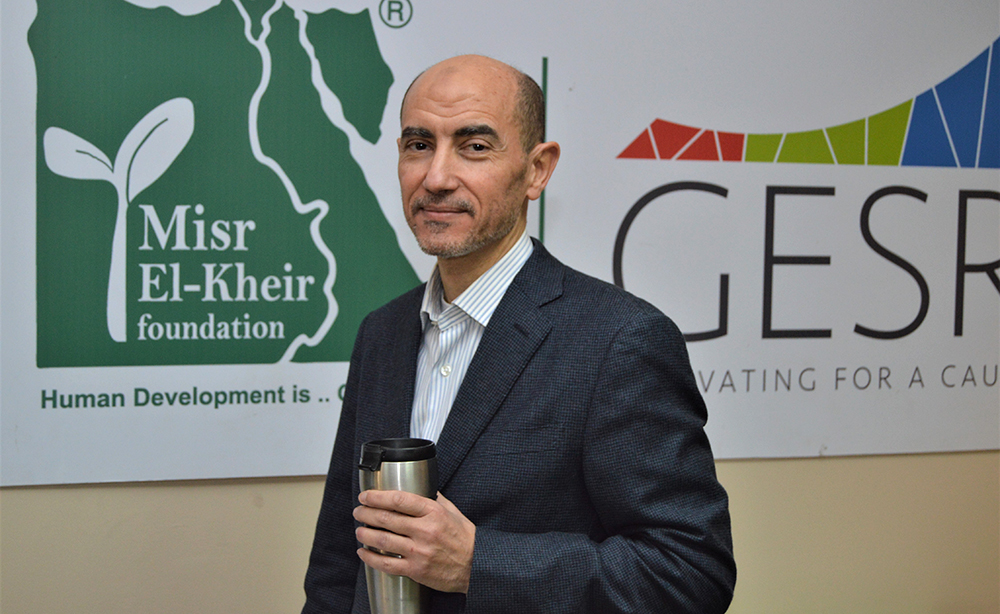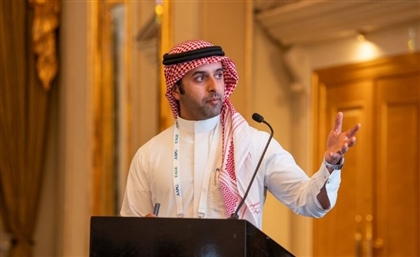3 Key Lessons on Design Thinking, According to GESR
GESR, the entrepreneurial arm behind mammoth social changemaker Misr el Kheir, has just concluded the first of its workshops in Design Thinking. Here's the key lessons learned.

They say thinking like a designer can be transformational, radically swifting our chances to either break it or make it, especially in a realm as involved with crafting entirely new realities as the entrepreneurial sphere is. Perhaps that explains why Design Thinking has become an ubiquitous term amongst co-working spaces and tech hubs.
“Design thinking is a hot topic now in the entrepreneurial ecosystem. Many entrepreneurs or startups are interested to know what it is in the first place, or how to use it to improve their way of thinking. Hence, GESR wanted to open up this opportunity for many entrepreneurs as possible,” says GESR’ Investment Manager, Niveen Badr. The organisation, which is an affiliate programme of the Misr El Kheir Foundation, supports tech startups solving grassroots challenges in water, energy, food, health and education, and started leading the charge in Design Thinking in Cairo, with a series of workshops specifically dedicated to the discipline.
The first of the series, led by Arch. Ashraf Tawakkol, involved a two-day session at the GESR co–working space in Mokattam, to provide the basic tools for innovators and entrepreneurs to start adapting them into their personal and professional routines. “It was a diverse group of people, and I was particularly amazed by the level of energy they exerted. They all had great passion to do what they do and attended the workshop to seek new and creative methods that would help better them achieve their goals,” Tawakkol says.
A designer, a techno-functional and a business leader, Tawakkol is the founder and principle designer of Forty Nine, a Design and Design Management consultancy focused on the products and ideas that move people, physically and emotionally. The workshop not only appeals to entrepreneurs, but anyone looking to improve brainstorming processes or develop amazing prototypes, delving into the Design Thinking skillset, process, and principles, as well as product development economics.

“There are two or three schools on how to teach design thinking,” Tawakkol explains. The most well-known is a five step method developed by d.School Stanford; this is mainly used to improve how startups think of their businesses and engage more with their customers.” At the core of the method, is a solutions-based approach; utilising elements from the designer's toolkit, like empathy and experimentation, design thinking allows entrepreneurs to make decisions based on what future customers really want, as opposed to relying on historical data or instinct.
“It is important for entrepreneurs to know design thinking while thinking of their startups because it helps them to engage more with their customers to build the right model for their businesses,” Tawakkol adds. So what are the three key learnings from the workshop? Tawakkol identifies them:
1. It’s all about the users: We are not our users, so we don’t design for ourselves. Empathy is crucial to a human-centred design process such as Design Thinking, and empathy allows us to set aside our own about the world and gain insight into the users’ needs.
2. Brainstorming: It’s a great tool to defer judgment. Encourage wild ideas within your team, and build on the ideas of others, but always stay focused on the topic. Brainstorming is a great tool to stimulate free thinking and to expand the problem space; so it’s important to get as many ideas or problem solutions as possible at the beginning of the Ideation phase.
3. Prototype early and at low cost to reduce risk and to build your business case. The initial phrase is an experimental phase, aimed at identifying the best possible solution for the problem.
GESR will be holding their next Design Thinking Workshops on March 5th and 6th at their co-Working space in Mokattam. You can register here and follow GESR's updates here.




















